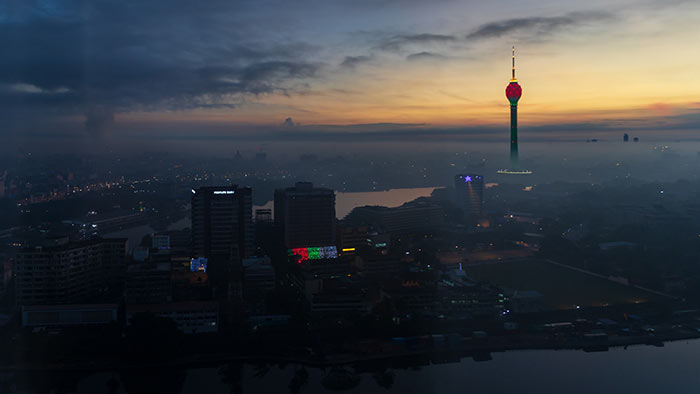Sri Lanka’s April inflation climbs to 2.7%, up from March’s 2.5%

Photo credits: unsplash
Sri Lanka’s consumer price inflation rose to 2.7% in April from 2.5% in March, according to official data released on Tuesday, as reported by Reuters.
The National Consumer Price Index (NCPI), which tracks overall retail price inflation, is typically released 21 days after the end of each month.
The Department of Census and Statistics disclosed that food prices experienced a 3.3% uptick in April, a slight decrease from the 5% surge observed in March. Meanwhile, prices for non-food items saw a rise of 2.3% in April, compared to a mere 0.7% increase in March. This increase was attributed to the fading impact of a 22% reduction in power tariffs for households implemented in March.
Analysts anticipate that overall inflation will see minimal changes in the next quarter, citing expectations of continued restraint in global oil prices and local demand-side pressures.
They predict that inflation will remain within the target range of 5% set by the Central Bank of Sri Lanka.
Dimantha Mathew, head of research at First Capital, noted, “Inflation might increase slightly because of higher food prices in the months ahead. So we might see inflation hitting 4%-4.5% but nothing to worry too much about.”
Sri Lanka faced a severe economic downturn in September 2022, with inflation peaking at 70%, following a profound financial crisis triggered by a sharp decline in foreign exchange reserves.
However, with the assistance of a $2.9 billion program from the International Monetary Fund (IMF), the Sri Lankan economy has gradually stabilized and is projected to achieve a growth rate of 3% in 2024 after two years of contraction.
The slowdown in inflation prompted the Central Bank of Sri Lanka to implement significant policy rate cuts totaling 700 basis points since last year, aimed at stimulating economic growth.
Latest Headlines in Sri Lanka
- Sri Lanka President orders urgent repairs on Nuwara Eliya roads and irrigation December 8, 2025
- Government warns public against relief donation fraud December 8, 2025
- Businesses fined for selling water, rice at inflated prices December 8, 2025
- Special bus services for train passengers begin today December 8, 2025
- Sri Lanka President vows to tighten laws against unauthorized constructions December 8, 2025


